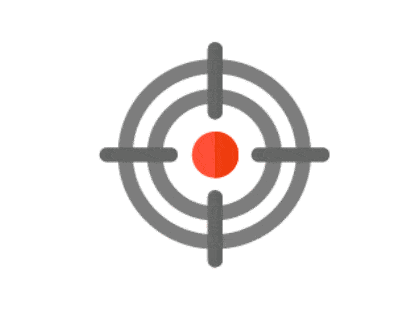
Why Telehealth Is Becoming the Norm for Modern Practices
The impact of telehealth in transforming healthcare is profound, positioning it as a key player in redefining service delivery. This change is largely fueled by its rapid adaptation to technological growth and evolving patient needs. Studies confirm this trend, with 87.1% of patients reporting that telemedicine was just as reliable as in-person consultations, a strong validation of its efficacy and convenience. This high satisfaction rate not only highlights the practicality of virtual visits but also underscores the reliability of telehealth in providing effective care.
Exploring why telehealth has become fundamental in contemporary medical practices is crucial, especially considering its seamless integration into routine healthcare operations and the benefits it extends to both healthcare providers and their patients.
Seamless Integration with Clinical Workflows
In modern medical practices, the importance of integrating new technologies without disrupting existing workflows is paramount. As healthcare continues to evolve, the adoption of sophisticated software for telehealth that supports efficient patient management is essential. These systems enable doctors to instantly access medical records, swiftly update treatment plans, and maintain direct communication with patients, all within their routine clinical operations. This streamlined integration significantly reduces the administrative load, freeing up providers to focus more intently on patient care.
Moreover, it enhances collaboration between clinicians and administrative staff, increasing overall efficiency and reducing the potential for errors in medical documentation. This approach to technology integration exemplifies how advanced software solutions are becoming vital tools in the healthcare sector, promoting better patient outcomes and more efficient practice management.
Enhanced Accessibility for Patients
Telehealth's most remarkable advantage lies in its ability to break down geographical barriers to care. Patients living in rural or remote locations who had to travel long distances for medical consultations now can receive quality healthcare without leaving home. Telehealth services also reduce logistics issues like finding transportation, childcare providers, and taking time off work for appointments.
Telehealth access can be especially vital for patients with mobility challenges or those requiring regular monitoring due to chronic diseases, making healthcare more inclusive and comprehensive. Telehealth also offers safer visits than in-person visits for vulnerable populations like elders or those with compromised immune systems.
Affordable Solutions for Healthcare Providers
Telehealth has proven significant cost-cutting advantages for healthcare providers by eliminating overhead expenses associated with in-person consultations, like clinic space and administrative staffing costs. These savings can then be put towards improving service quality or lowering patient costs of care, thus making healthcare more accessible while maintaining profitability for providers.
In addition, providers can expand patient volume without increasing physical infrastructure needs, making scaling practices more efficient while patients benefit from reduced travel and time off costs.
Improve Patient Engagement and Satisfaction
Telehealth enables patients to feel more empowered throughout their healthcare journey. Digital tools, like mobile health apps and patient portals, give patients more control of their healthcare journey, enabling them to book appointments online and access medical records directly.
Telehealth tools not only offer transparency in treatment processes but also give patients a voice when making decisions about their care plan, increasing patient satisfaction and engagement, two essential ingredients of successful medical outcomes. Furthermore, its flexibility for regular follow-up appointments strengthens doctor-patient relationships, essential elements for long-term health improvements.
Data Security and Compliance
Protecting sensitive patient information has never been more crucial, and telehealth platforms must comply with regulations like HIPAA in order to maintain secure usage and adhere to stringent confidentiality standards.
Providers should invest in regular audits and updates in order to detect cybersecurity threats, which could compromise both patient trust and regulatory compliance. This commitment helps build trust between them and their patients while assuring them their personal data will always remain protected. Educating patients on how their data is safeguarded helps build greater confidence in these digital systems.
Future of Healthcare: Trends and Predictions
As telehealth continues to advance, it will undoubtedly become a staple of modern healthcare. AI and machine learning technologies will increase its potential, further augmenting the capabilities of platforms. AI-powered diagnostic tools could assist clinicians in making faster and more accurate assessments during virtual consultations, leading to even wider adoption and refinement of its services, solidifying its place within modern medicine. Furthermore, emerging regulatory frameworks may standardize practices across states and countries, making cross-border care more accessible.
Conclusion
Telehealth has quickly become an integral component of modern medical practices, providing benefits ranging from increased access to care, increased patient satisfaction and decreased costs. As technology develops further, so will its capabilities and reach; making quality healthcare more obtainable than ever for all. Providers looking to remain relevant must adapt quickly or risk losing relevance with patients.
Related Post: Bridging the Biopharma Gap with Consulting Firms
Tags

Igor Zagradanin is a content marketing expert with a proven track record of helping businesses by adding value to their brands, and content marketing strategies, as well as educating and connecting with their audiences on a personal level.














